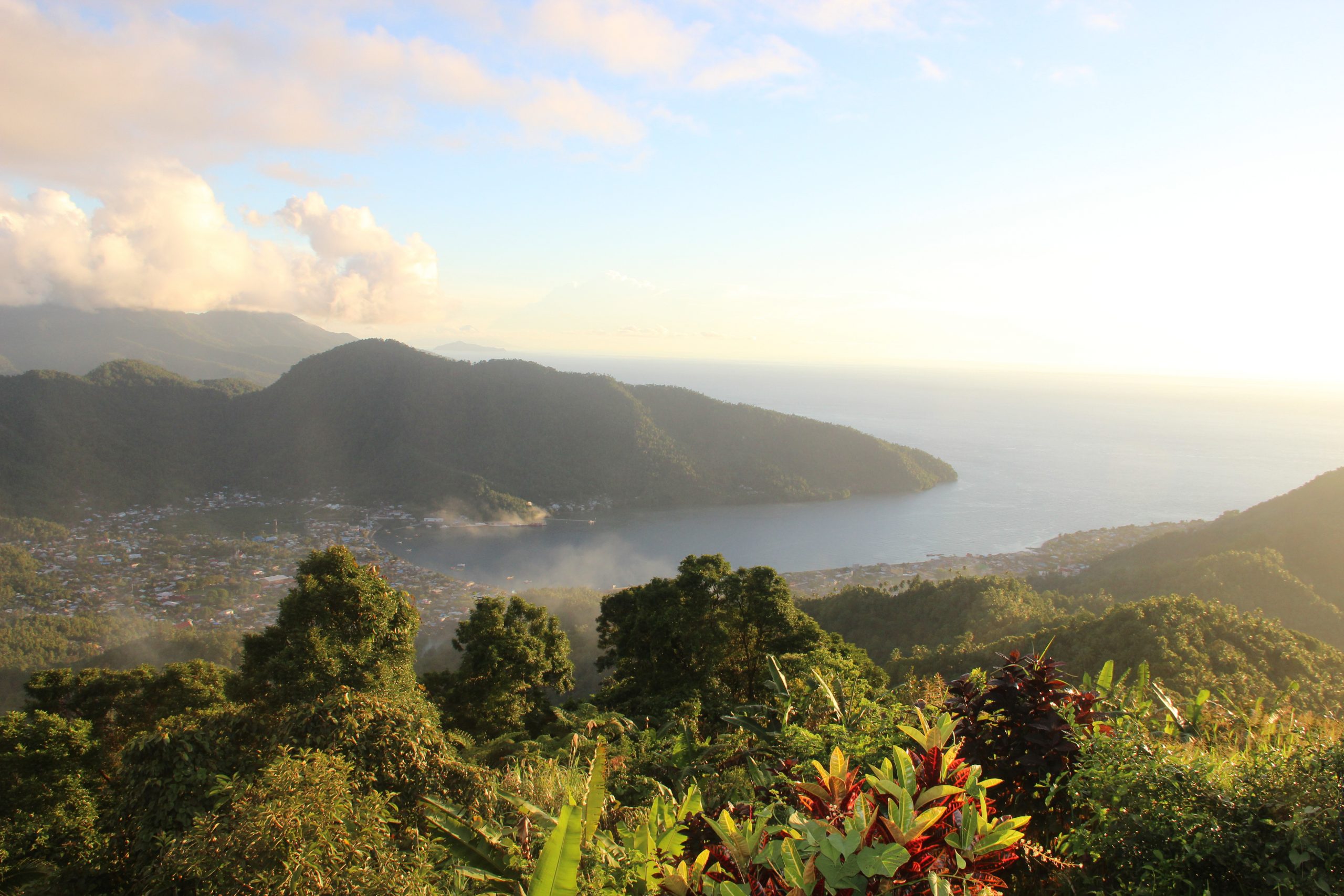Legal Assessment on Mining Activities in a Small Island Called Sangihe

-
Date:
15 Sep 2021 -
Author:
KEHATI
Written by:
Environmental Policy Specialist KEHATI Elizabeth A.M.
On January 7, 2021, through the letter number TMS/003/1/2021, PT TMS submitted a request to improve its production and operations stage. This request was granted by the Ministry of Energy and Mineral Resources (ESDM) by issuing a Decree number 163.K/MB.04/DJB/2021. This decree served as a proof of legitimacy for PT Tambang Mas Sangihe to carry out production and operations activities, including construction, mining, processing, and/or refinement and transporting as well as selling mining products. PT TMS will operate in a 42.000 Ha land within the area of Kampung Binebas and Kampung Bowone, South Tabukan Subdistrict, for 33 years, namely 3 years of construction and 30 years of production and operations period.
PT TMS claimed to have an EIA document to support this mining license decree and becoming the basis for obtaining the environmental license from the North Sulawesi Provincial Government (Kompas Newspaper, April 27, 2021). However, the community claimed that they have not been consulted regarding mining activities in their area. After obtaining the license from the government, PT TMS immediately carried out land acquisition.
The method used by PT TMS to extract gold is mining using cyanide system, namely extracting gold by dissolving rocks that contain gold into cyanide liquid to obtain the gold liquid (Kompas, April 21, 2021). PT TMS’ EIA document mentions the need to handle mining rock waste used in the extraction process with cyanide system, and this requires special handling because the substance used in this system potentially contains acidic water. This special care is based on the fact that mining activities that use cyanide cause environmental pollution from the cyanide and other additional substances, presenting danger for the people and ecosystem surrounding the mine.
As a point of consideration, the Ministry of ESDM stated that based on the evaluation result pursuant to prevailing laws and regulations, PT TMS has fulfilled the requirement to obtain a license. The legal basis serving as the consideration of the Ministry is Law Number 4 Year 2009, in conjunction with Law Number 3 Year 2020 on Mineral and Coal Mining (Law 4/2009 jo Law 3/2020); Government Regulation Number 22 Year 2010 on Mining Areas; Government Regulation Number 23 Year 2010 on the Implementation of Mineral and Coal Mining Business Activities, and Government Regulation Number 55 Year 2010 on the Monitoring and Supervision to the Implementation of Mineral and Coal Mining Business Management.
Law Number 27 Year 2007 in conjunction with Law Number 1 Year 2014 on the Management of Coastal Areas and Small Islands (Law 27/2007 jo Law 1/2014) Article 1 point 3 states : Small Islands are islands with a total area of smaller or equal to 2,000 KM square, along with their ecosystems. Meanwhile, Sangihe has a total area of 736.98 kilometer square. Thus, Sangihe can be classified as a Small Island. This means it is inaccurate if the Ministry of ESDM considers giving the mining license based on Law UU 4/2009 jo Law 3/2020 on Mineral and Coal Mining. The Management of coastal areas and small islands based on Law 27/2007 jo Law 1/2014 is the jurisdiction of the Ministry of Marine Affairs and Fisheries.
Based on Law 27/2007 jo Law 1/2014, mining business activities are not priorities in small islands. The primary goal of utilizing small islands is conservation and the sustainability of their ecosystem. Article 23 paragraph (3) in this Law states that unless it is for conservation, education and training, and research and development, the use of Small Islands and the surrounding waters shall meet the environmental management requirements, use environmentally-friendly technology, and these activities must consider the capacity and conservation of the local water management system.
Law 27/2007 jo Law 1/2014 Article 35 also mentions that mineral mining activity is restricted in small islands and small coastal areas, if this activity technically and/or ecologically, socially, and culturally causes environmental damage and/or pollution and brings adverse effects to the surrounding community. Furthermore, Article 26A paragraph (4) point c requires that license to use small islands for foreign capital investment is done on inhabited islands. Meanwhile, the concession area of PT TMS, which is a capital investment company, is on a populated island.
In addition, Mount Sahendaruman has been established as a protected forest through the Decree of the Minister of Forestry and Plantation No.452/KTPS-II/1999 on June 17, 1999, which is included in the 42,000 ha of PT TMS’ concession area. The community attains livelihood through this protected forest, such as water and non-timber forest products, such as sago, tubers, coconuts, and other non-timber forest products. This forest area is also the habitat of endemic animals. PT TMS’ activity will damage the protected forest in Mount Sahendaruman, devastating the community’s source of living. Ultimately, it will disrupt the lives of the people of Sangihe.
Based on Law Number 41 Year 1999 on Forestry Article 1 point 8, protected forest is a forest area with a primary function to protect the life support system that regulates water management, prevent flood, control erosion, avoid sea water intrusion, and maintain soil fertility. Therefore, the use of protected forest shall not damage its ecosystem. Article 38 of this Law ensures that by restricting mining that uses open mining.
Based on these facts, the mining activity in Sangihe has a huge potential of violating the laws and regulations, namely by conducting mining on a small island, engaging in foreign capital on a populated island, EIA process not according to procedure, and mining in a protected forest.
***
